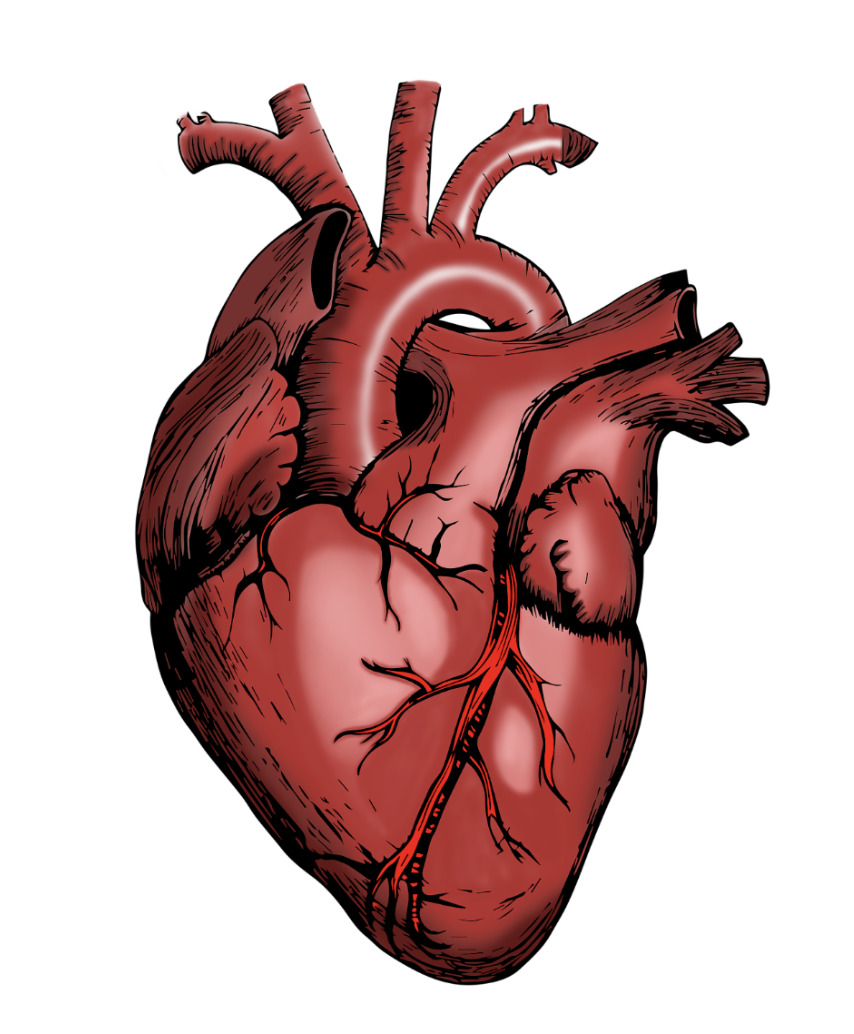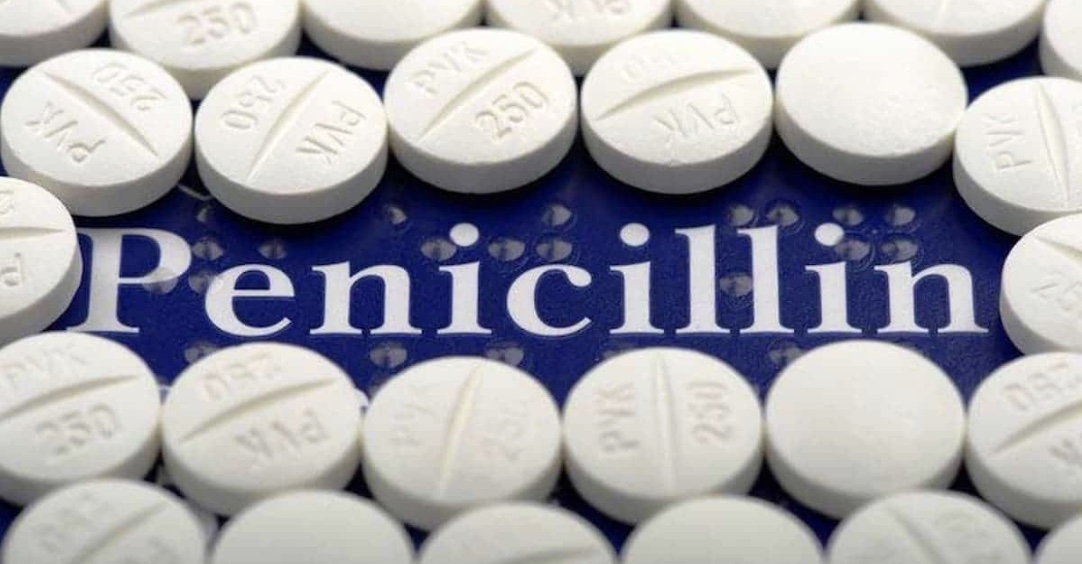
[객원 에디터 3기 / 장석현 기자] Heart failures affect over 10 million people each year across the United States and Europe, and is ranked the second most common cause for death after cancer in South Korea. The continuing effects of global aging have, however, made finding a heart donor increasingly difficult for many patients, causing them to rely on artificial hearts that are capable of beating over 100,000 times per day and millions of times every year until they are able to acquire a natural heart for transplant.
Nonetheless, bionic heart users are burdened by the need to replace their batteries every 5 to 10 years, which involves high-risk surgical incisions and accompanying complications. In response, South Korea’s Institute of Science and Technology (KIST) developed wireless charging technology using ultrasonic waves that have been proven to be safe for use in the human body and published its findings in the International Journal of Energy and Environmental Science. This is because traditional wireless charging methods that employ electromagnetic and magnetic waves are inapplicable to biological technologies due to the excessive heat they emit while charging and the threat of interfering with sensitive wireless communication systems.
Various attempts to utilize ultrasonic waves have been undertaken prior to this breakthrough, but all of them encountered problems with low charging efficiency. KIST researchers overcame this by developing a sensor capable of converting the static electricity and vibration energy from friction into electrical energy. Consequently, they were able to increase the efficiency rate from 1% to 4%, minimize heat emission, and maximize efficiency regardless of its angle or position of charge.
There are plans for further refinements to improve the safety of the device, which will allow it to be released to the public as an implantable sensor. This is a welcome development for patients with artificial heart implants, who hope that this new technology will reduce the need for frequent and risky surgical procedures.
Sources: First Post, NIH, Calcalistech, Science Focus, Science Times, Chosun Biz News





